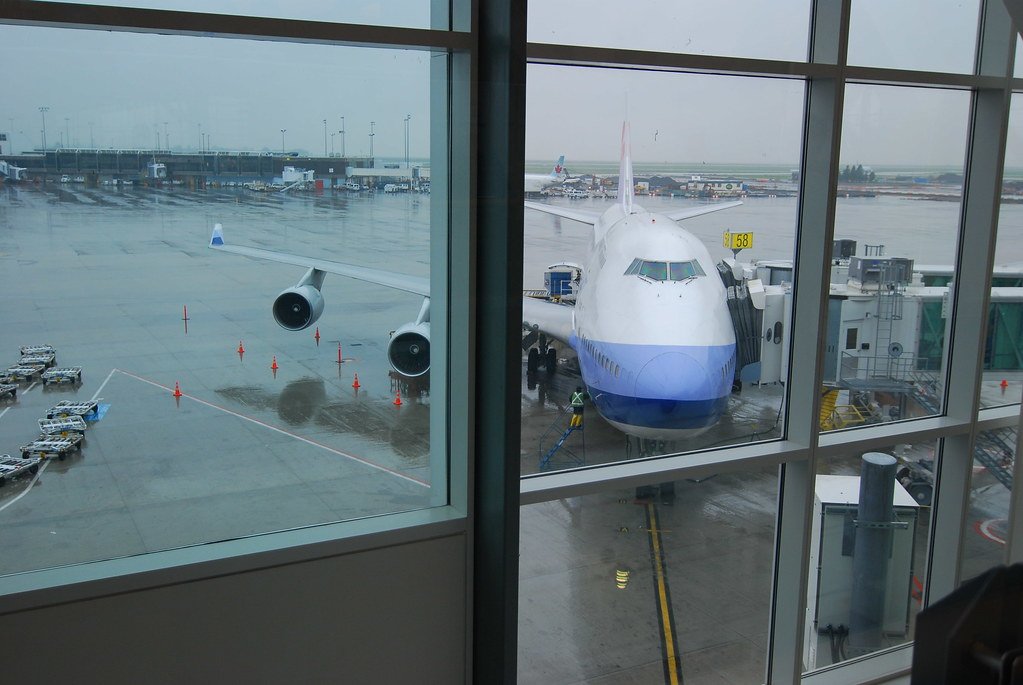China’s burgeoning middle class has been a significant driver of global tourism in the past decade. This vast nation’s hunger for foreign experiences, its evolving consumer behaviour, and the travel industry’s role in meeting this demand, especially post-pandemic, are areas of profound interest. A recent report from the ITB travel conference has shed more light on this topic.
China’s Resurging Passion for Global Travel
The recent survey highlighted that the appetite for foreign travel among the Chinese has soared, reaching its pinnacle in the last two years. This report, presented at the ITB travel conference, revealed an overwhelming 80% of respondents expressing their intention to travel abroad within the forthcoming 12 months.
Delving deeper into these figures, the IPK travel consultancy’s survey—associated with the same conference—unearthed that approximately half of this population not only wish to venture overseas within this timeframe but also aim to amplify the frequency of their foreign sojourns, given the opportunity. This marked shift in the mindset of Chinese travellers paints a picture of pent-up wanderlust, likely accumulated over the restrictive pandemic years.
Commenting on this travel trend, the ITB conference organisers stated, “The escalating inclination of the Chinese populace to explore foreign lands in the imminent 12 months forms a robust base for a momentous travel industry recovery in 2024.”
Europe: The New Focal Point
Historically, geographical proximity and cultural similarities made neighbouring countries the preferred destinations for Chinese tourists. However, the recent survey indicated a shift in this paradigm. An increasing allure for European destinations was evident, surpassing the interest noted in prior studies.
The ITB, one of the global frontrunners in tourism fairs held annually in Berlin, extrapolated upon this finding. The organisers believe this burgeoning interest in Europe is attributable to a ‘catch-up’ phenomenon. The COVID-19 pandemic’s stringent travel limitations rendered Europe virtually out-of-bounds for Chinese travellers. Consequently, the current spike in Europe’s appeal is possibly a manifestation of suppressed desires from the pandemic era, now seeking fulfilment.
Evolution in Spending Habits
Although the eagerness to traverse foreign locales has surged, Chinese travellers’ spending habits are displaying a noticeable evolution. According to the survey’s findings, Chinese tourists are exhibiting a more economical approach to their travel plans.
Several respondents echoed sentiments favouring savings in their travel expenditures. Strategies encompassed travelling during off-peak seasons to avail discounted prices, curtailing the duration of their stay, and opting for budget-friendly accommodation alternatives.
However, it’s pivotal to situate this shift in the broader context. Despite a turn towards frugality, Chinese travellers’ expenditure still towers over the global average. This is testament to their significant spending power and the magnitude of their contribution to the global tourism economy.
Implications for the Travel Industry
These findings hold profound implications for the global travel and tourism sector. Stakeholders, ranging from national tourism boards to travel agencies and hospitality businesses, must recognise and adapt to these evolving patterns.
- Diversified Offerings: As the frequency of travel is anticipated to rise, businesses must diversify their offerings. This could entail curated shorter trips, weekend getaways, or thematic travel experiences that resonate with the Chinese audience’s preferences.
- Competitive Pricing: With travellers becoming thriftier, competitive pricing will be essential. Bundling services or offering early-bird discounts could be strategies employed to attract this segment.
- Focussed Marketing: Europe and its various countries could harness the heightened interest by launching focused marketing campaigns, portraying their unique offerings and cultural experiences that appeal to Chinese travellers.
- Sustainability: The trend of off-season travel offers an opportunity to promote
- . Spreading tourist influx across the year can alleviate pressures on popular destinations, ensuring long-term sustainability.
In Conclusion
The findings from the ITB travel conference survey provide a comprehensive glimpse into the aspirations and behaviours of China’s travelling populace post-pandemic. As they enthusiastically look towards foreign shores, especially Europe’s, there lies an immense potential for rejuvenation in the global tourism sector. However, the industry’s success hinges on its ability to perceive, comprehend, and cater to these evolving trends and preferences.
Read More:
